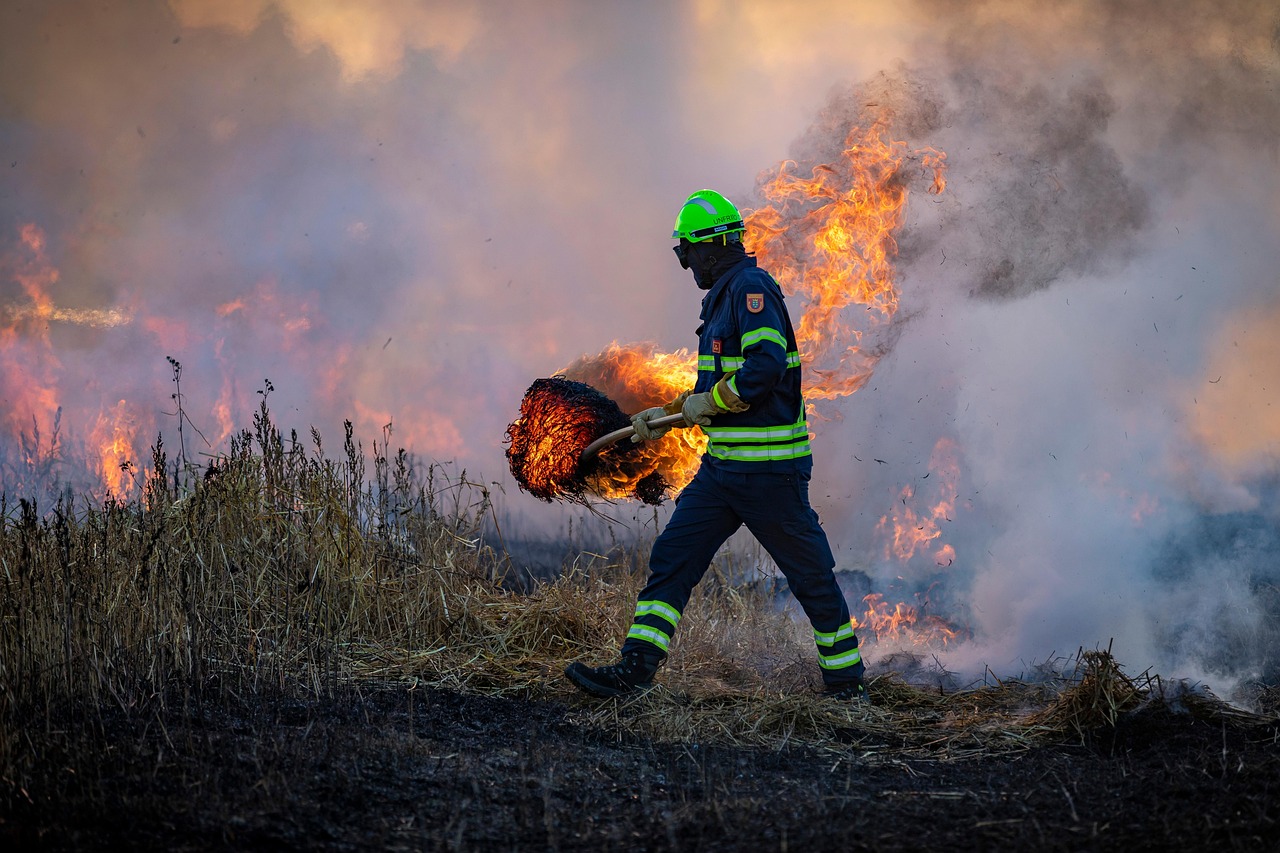Media release
From:
Human activity extends global wildfire season by more than a month
Human activity has added an average of 40 days to the global wildfire season, fundamentally changing when fires occur around the world.
New research from the University of Tasmania, published in Nature Ecology & Evolution, shows that more than half of all burned area now happens outside the natural fire season, the period when lightning and dry conditions naturally coincide.
The study analysed fuel moisture and lightning data across more than 700 ecological regions worldwide, finding that humans have altered wildfire timing in nearly every environment on Earth, from tropical savannas to boreal forests to Mediterranean landscapes.
"Before people began influencing fire, wildfires mostly happened when lightning struck during dry conditions," said lead author Dr Todd Ellis, Research Associate in Physical Pyrogeography at the University of Tasmania.
“Our study separates natural fire seasons from those driven by people, showing just how much human influence has reshaped when wildfires occur across the globe."
The transformation is most dramatic in tropical grasslands, where people have effectively extended the wildfire season by around three months, with most fires now occurring in this human-driven window.
Importantly, even remote boreal forests and tundra are beginning to experience longer fire seasons, stretching beyond what natural lightning ignitions would allow.
This global shift in wildfire seasonality poses significant ecological risks. Species have evolved over millennia to cope with wildfires occurring during specific seasonal windows. When wildfires happen outside these natural periods, ecosystems face unprecedented stress.
"We're not just seeing more wildfires, and fires of a greater intensity, we're seeing them at times of the year when ecosystems haven't evolved to cope with them," co-author Dr Grant Williamson explained.
"This temporal mismatch can hamper species recovery and disrupt reproductive processes which are often closely tied to specific seasons, thereby threatening biodiversity in ways we're only beginning to understand."
The research reveals multiple human influences include activities such as agricultural burning, land clearing, accidental ignitions, fire suppression, and cultural fire practices such as traditional Aboriginal burning.
Climate change amplifies the problem. Rising temperatures and drier conditions are expanding the window when human-caused wildfires can ignite and spread, potentially creating year-round fire seasons in some regions.
Co-author Professor David Bowman, from the University of Tasmania's Fire Centre in the School of Natural Sciences, emphasised the global implications: "This work underscores that humans have a great responsibility for sustainable stewardship of fire, and we can learn much from Indigenous fire practitioners."
The study's datasets are publicly available and expected to inform wildfire management strategies, helping authorities understand where and when human activity most significantly affects fire timing.
The research was supported by the New South Wales Bushfire Risk Management Research Hub and funded by the New South Wales Department of Planning, Industry, and Environment.



 Australia; TAS
Australia; TAS



